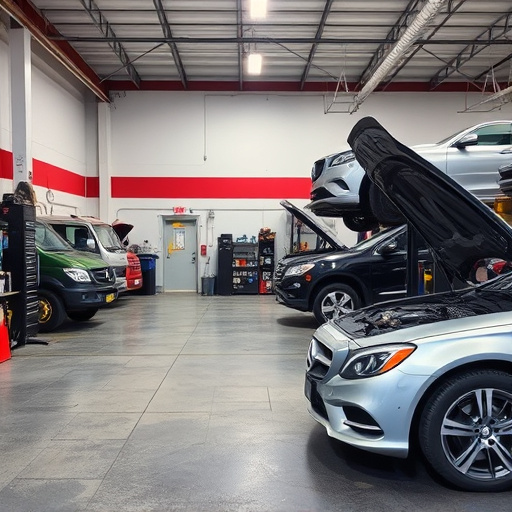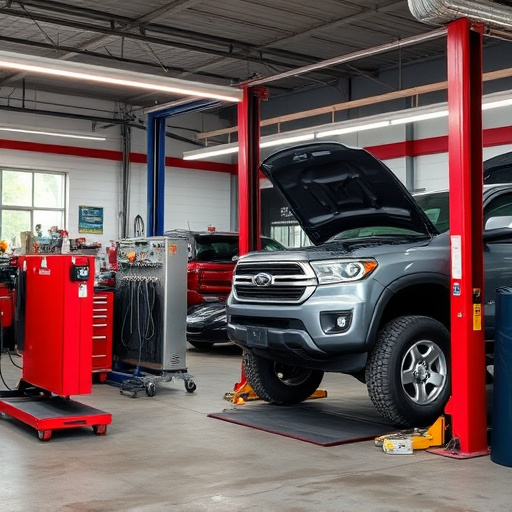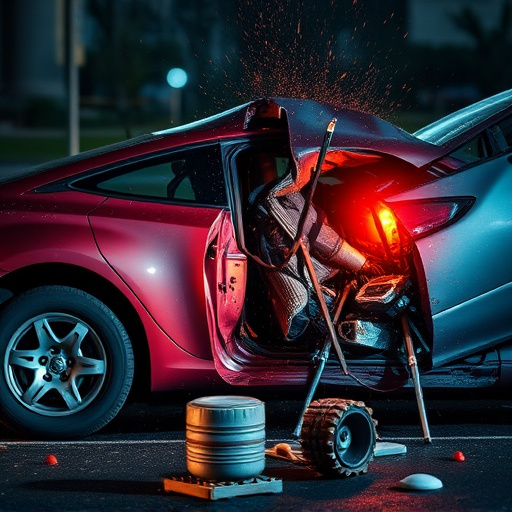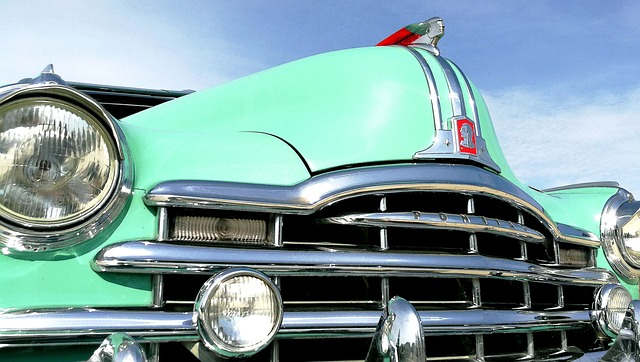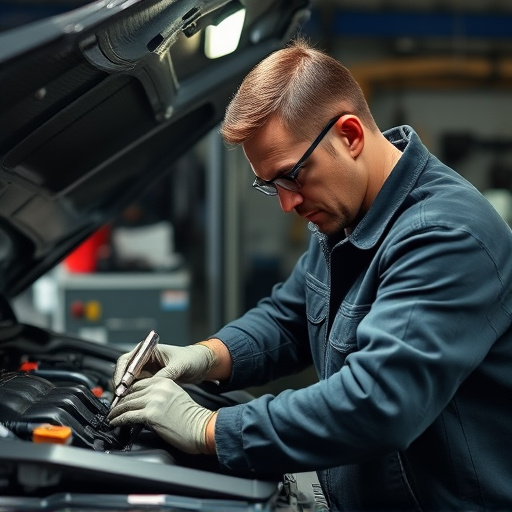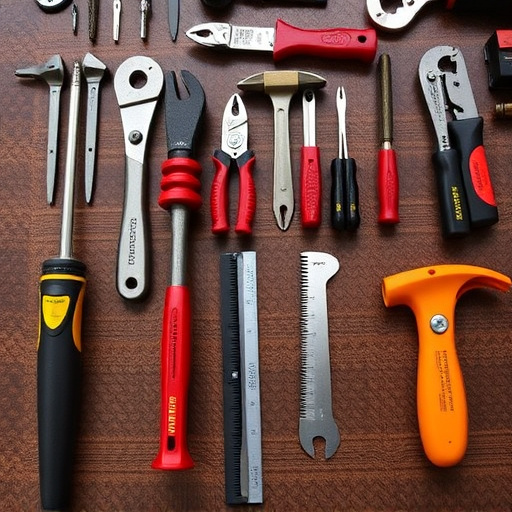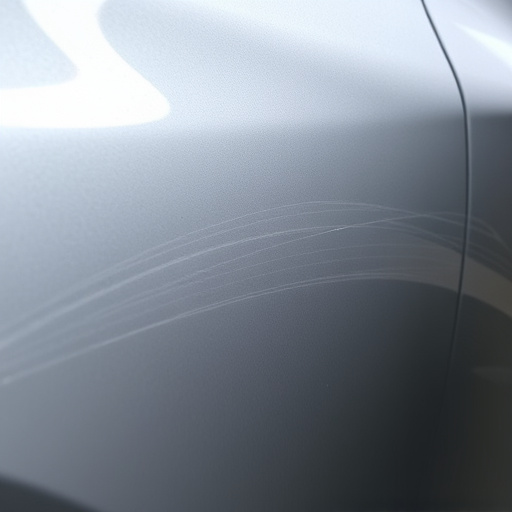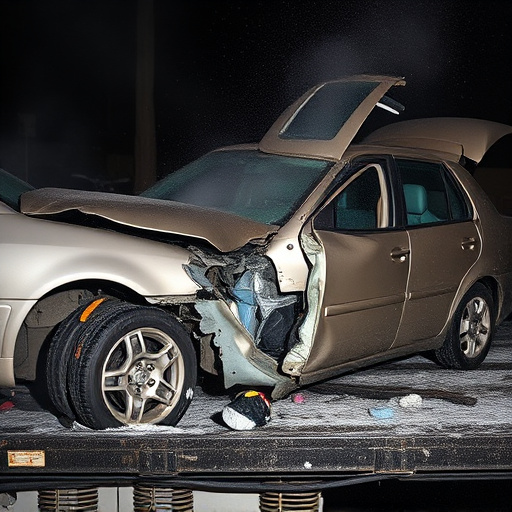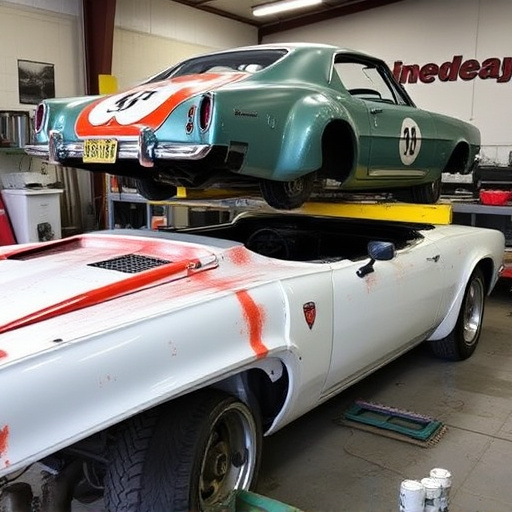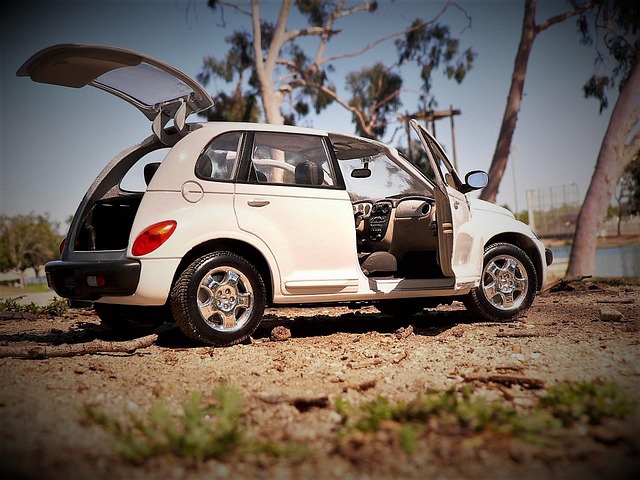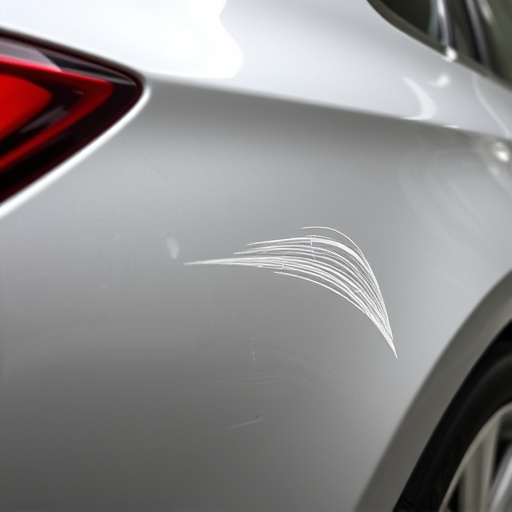Traditional dent repair is time-consuming, involving multiple steps and skilled technicians. Paintless dent repair (PDR) offers a faster alternative by avoiding panel removal and intricate metal shaping, reducing repair times significantly. PDR can repair multiple dents in a few hours, preserving the vehicle's original finish and aesthetic value, making it ideal for quick fleet repairs and minor dents, with turnaround times as fast as 30 minutes per panel compared to several hours or days for traditional methods.
In the ever-evolving automotive industry, understanding the nuances between traditional and paintless dent repair methods is key. Traditional repairs involve a lengthy process of sanding, priming, and painting, while paintless dent repair (PDR) offers a modern, efficient alternative. This article delves into these contrasting approaches, focusing on time efficiency. We explore how PDR’s innovative techniques significantly reduce repair duration without compromising quality. By comparing the processes, we uncover why PDR is revolutionizing automotive care, providing swift and effective solutions for dented vehicles.
- Traditional Repair: A Time-Honored Process
- Paintless Denting: Modern Fix's Advantage
- Efficiency Comparison: Speed and Effectiveness
Traditional Repair: A Time-Honored Process

Traditional dent repair, or what many refer to as “the old-school way,” has been a time-honored process in auto body shops for decades. This method involves several intricate steps that require skilled technicians and can take significant time. Typically, when a car suffers from a fender bender or minor collision damage, the auto body shop will assess the extent of the damage. If the dent is small and confined to one area, the repair process begins with careful removal of the damaged panel, often by hand or using specialized tools. The next step involves shaping and reshaping the metal back to its original form without impacting the surrounding areas. This intricate work demands precision and expertise, ensuring that the car retains its structural integrity and aesthetic appeal.
After the panel is brought back to its original shape, it undergoes a meticulous painting process, which is often where the term “dental repair” comes from. Skilled technicians carefully apply paint, matching it precisely with the vehicle’s original color, ensuring a seamless finish. This traditional approach has been refined over time, but it still requires substantial time, especially for more complex dents. Paintless dent repair, in contrast, offers a faster and potentially less costly alternative, revolutionizing the way auto body shops address minor damage.
Paintless Denting: Modern Fix's Advantage

Paintless denting represents a modern advancement in automotive collision repair, offering a swift and precise alternative to traditional methods. Unlike conventional paint and body work, which can be time-consuming and labor-intensive, paintless dent repair techniques allow for significant time savings. This method involves specialized tools and trained technicians who carefully manipulate the damaged panel without disturbing the surrounding areas or requiring extensive painting.
The advantage of this approach lies in its efficiency; a vehicle with multiple dents can often be repaired within a few hours, making it particularly appealing for those in need of quick fleet repair services. Moreover, since no paint is involved, the finished result maintains the original factory finish, ensuring a more aesthetically pleasing repair that preserves the vehicle’s overall value.
Efficiency Comparison: Speed and Effectiveness

When comparing traditional dent repair to paintless dent repair (PDR), one of the most significant factors is efficiency—speed and effectiveness in restoring a vehicle’s appearance. Paintless dent repair has gained popularity for its quick turnaround time, which can be as little as 30 minutes per panel, depending on the severity of the dent. This makes PDR an attractive option for drivers who value convenience and swiftness, especially when dealing with minor dings and dents.
In contrast, traditional methods often involve more extensive preparation, painting, and drying processes, which can extend the repair time significantly. Auto body services offering Mercedes Benz collision repair or general car bodywork services typically require several hours to complete, sometimes even up to a day for complex damages. This longer paintless dent repair time means customers get their vehicles back faster, reducing downtime and potentially saving them money on rental cars or other transportation costs.
In comparing traditional dent repair with modern paintless dent repair methods, it’s clear that the latter offers a significant advantage in terms of speed and efficiency. Paintless dent repair time is dramatically reduced, allowing for quicker turnaround without compromising quality or aesthetics. This innovative approach revolutionizes the way we think about car repairs, emphasizing precision and minimal disruption to the vehicle’s original finish.


